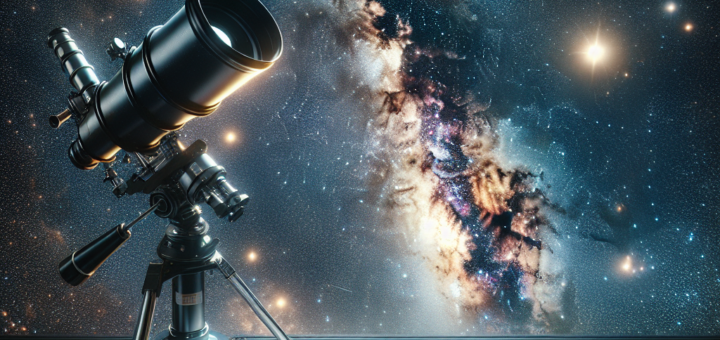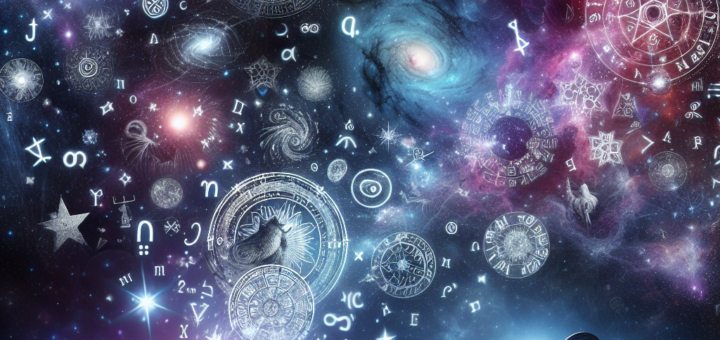The Endless Frontier: Charting the Course of the Universe’s Expansion
The universe is a vast and mysterious place, full of wonder and endless possibilities. For centuries, humans have looked up at the night sky in awe, wondering about the vastness of space and the...




























